Once a revolutionary kitchen staple, Crisco changed the way Americans baked, fried, and cooked. Introduced as the first all-vegetable shortening, it promised cleaner cooking and longer shelf life than traditional fats like lard or butter. For decades, Crisco reigned supreme in pantries across the country. But behind the glossy branding and cookbook endorsements, its story took a sharp turn. As health studies emerged and public preferences shifted toward natural ingredients, Crisco’s shine began to fade. So what really happened? These nine essential facts explain how Crisco rose to fame—and why so many people eventually stopped reaching for that iconic blue can.
1. First All-Vegetable Shortening (1911)
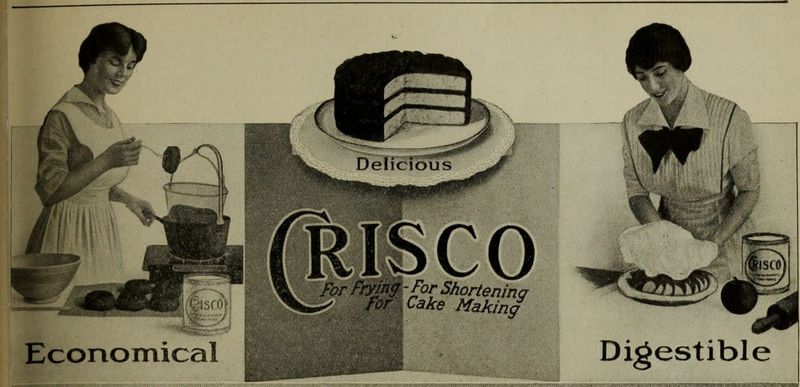
Crisco was introduced in 1911 by the innovative minds at Procter & Gamble. It was the first shortening crafted purely from vegetable oil, specifically hydrogenated cottonseed oil. Marketed as a cleaner and more economical option, it promised better digestibility compared to animal fats like lard and butter. In kitchens across America, Crisco quickly became a symbol of modern cooking. Housewives found it a convenient addition to their culinary repertoire. Crisco’s introduction marked a shift in cooking practices, changing how people approached baking and frying. Its success was a testament to the power of innovation.
2. Pioneering Marketing Strategy
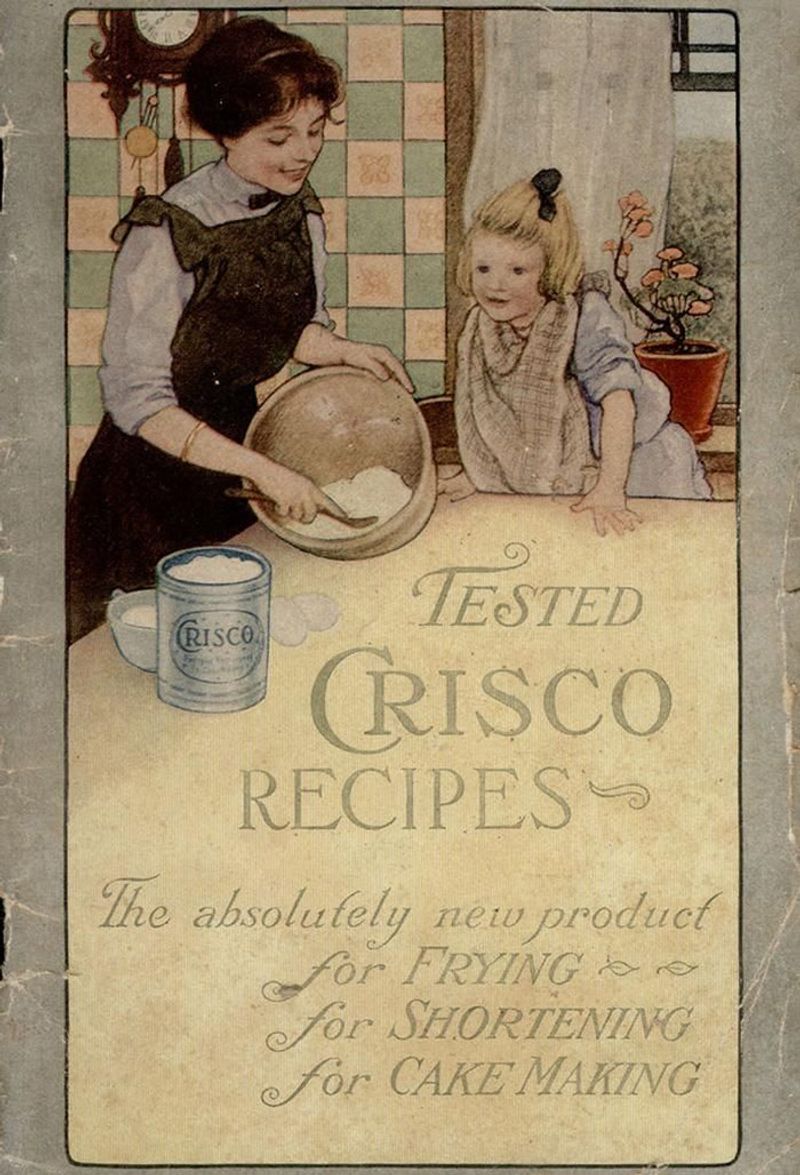
To boost Crisco’s popularity, Procter & Gamble employed a groundbreaking marketing strategy. They distributed free Crisco-branded cookbooks filled with recipes using only Crisco. This move educated consumers and made the product indispensable in American homes.
The cookbooks not only provided practical uses but also taught new cooking techniques. By embedding Crisco in everyday recipes, it became a staple. This strategy was a masterstroke, making Crisco synonymous with American cooking traditions. The free cookbooks weren’t just promotional materials; they were culinary companions for many households.
3. A Kosher Kitchen Revolution
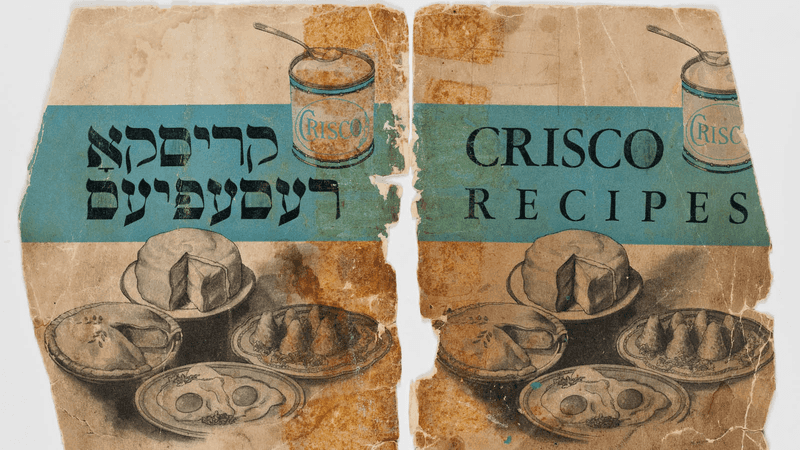
Crisco’s vegetable-based formula offered a kosher alternative to butter and lard, making it a valuable asset in Jewish households. With dietary laws prohibiting the mixing of meat and dairy, Crisco allowed families to prepare meals without violating these rules. It expanded culinary possibilities while adhering to religious traditions. In many homes, Crisco became a bridge between cultural customs and modern cooking. It was not just a dietary substitution; it symbolized a new era of culinary inclusivity. Families enjoyed diverse dishes without compromising their beliefs, thanks to Crisco.
4. Trans Fat Controversy
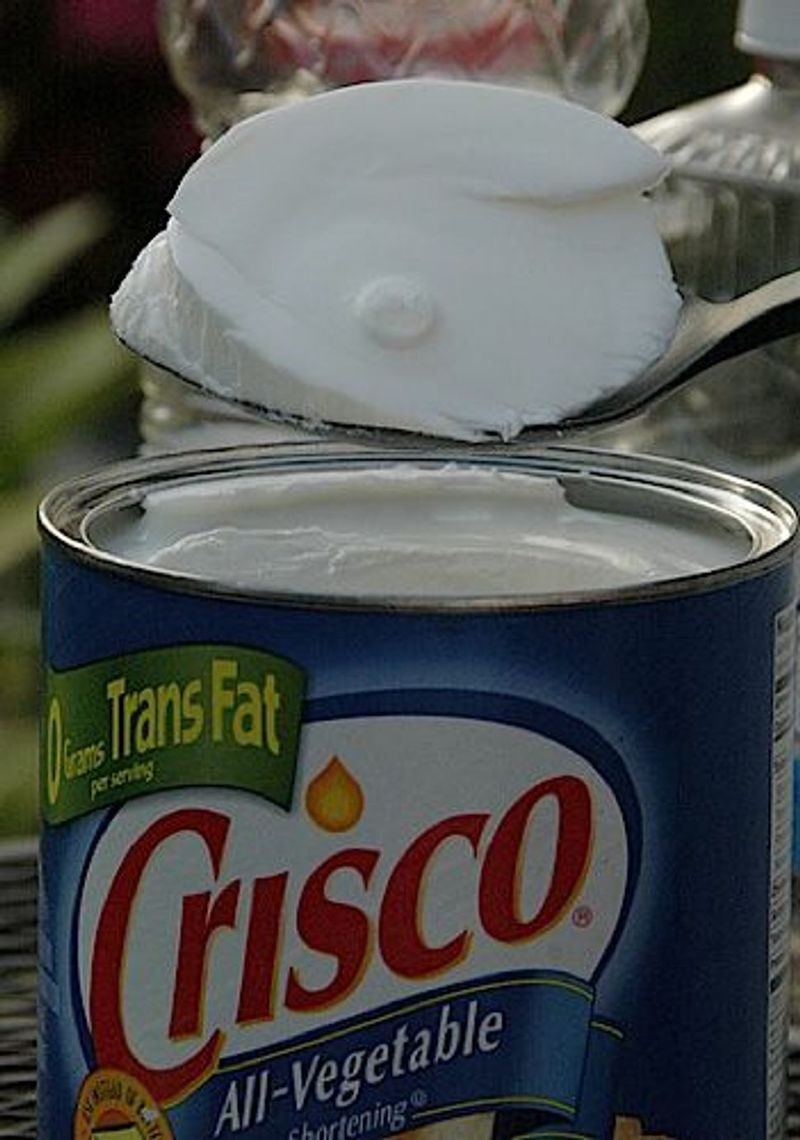
For decades, Crisco contained partially hydrogenated oils, later linked to high trans fat levels. As studies revealed trans fats’ connection to heart disease, public perception shifted. Health advocates campaigned against it, leading to a reevaluation of dietary choices.
Crisco faced backlash, prompting changes in formulation. Consumers became more health-conscious, scrutinizing ingredient lists. This controversy highlighted the evolving understanding of nutrition. The trans fat issue pushed brands to prioritize health, altering the food landscape. Crisco’s legacy was forever changed, as it grappled with the impact of scientific findings.
5. Reformulated for Modern Consumers (2007)
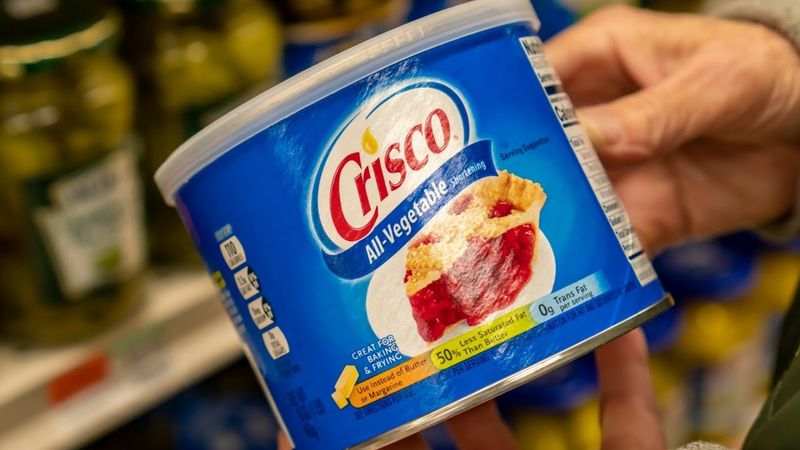
In 2007, Crisco responded to rising health concerns by reformulating its product. The new blend used fully hydrogenated palm oil and other vegetable oils, reducing trans fats below FDA-defined levels. This change aimed to regain consumer trust and align with healthier trends. The reformulation marked a significant shift in Crisco’s approach, acknowledging the importance of consumer health. It was a strategic move to maintain relevance in a changing market. Despite this effort, some remained skeptical, questioning the safety of hydrogenated oils. Crisco’s evolution reflected broader shifts in food manufacturing priorities.
6. Ongoing Health Concerns

Even after its reformulation, Crisco faced criticism for its use of fully hydrogenated oils. Some scientists warned of potential health risks associated with interesterification. Consumers, now more informed, began to seek alternatives. This ongoing debate over oil processing methods continues to influence purchasing decisions.
Health-conscious individuals often opt for unprocessed options, viewing Crisco with caution. The scrutiny reflects a broader trend towards transparency in food production. While some consumers remain loyal, others have shifted their preferences, exploring new culinary possibilities. The health concerns surrounding Crisco are part of a larger, complex dialogue.
7. Environmental Backlash Over Palm Oil
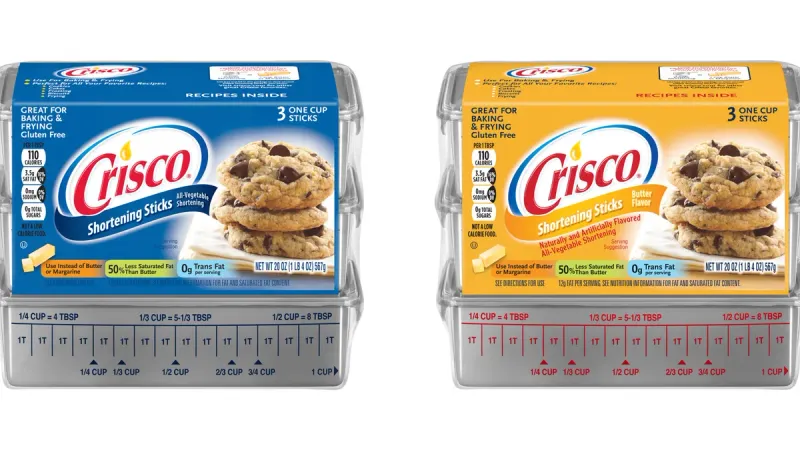
Crisco’s switch to palm oil raised significant environmental concerns. Palm oil production is linked to deforestation, biodiversity loss, and habitat destruction. Environmentalists criticized the reliance on such an ecologically damaging resource. The backlash forced consumers to reconsider the environmental footprint of their food choices. As awareness grew, many sought sustainable alternatives, influencing market dynamics. Crisco’s story became entwined with environmental advocacy. The brand faced pressure to balance tradition with sustainability. This situation underscored the interconnectedness of food production and environmental responsibility. Consumers demanded accountability, reshaping Crisco’s narrative.
8. Changing Tastes and Natural Trends

As consumer preferences shifted towards organic and unprocessed foods, Crisco’s popularity waned. Modern cooks began favoring alternatives like butter, coconut oil, and avocado oil-based shortenings. This shift mirrored a broader move towards health-consciousness and simplicity in cooking.
Crisco, once a kitchen staple, struggled to maintain its standing. The rise of natural ingredients highlighted changing values in food consumption. This evolution is part of a larger trend prioritizing wellness and transparency. Crisco’s decline is a testament to the dynamic nature of consumer tastes. The brand continues to adapt, facing both challenges and opportunities.
9. Ownership Changes and Crisco Today
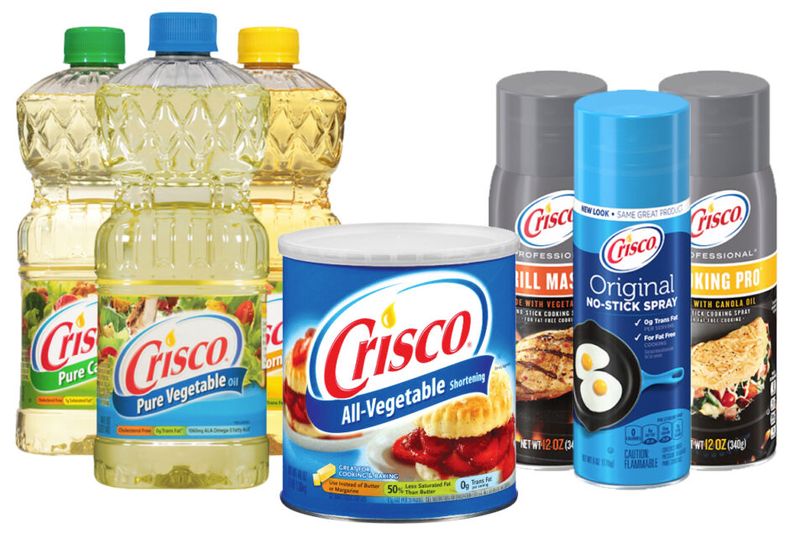
Crisco’s ownership journey reflects its storied history. Originally owned by Procter & Gamble, it was sold to The J.M. Smucker Company in 2002, and again to B&G Foods in 2020. These changes highlight the brand’s resilience and adaptability. Despite new ownerships, Crisco retains a loyal customer base, though overshadowed by health-conscious competitors. Each transition marks a phase in Crisco’s evolution, adapting to market shifts and consumer demands. The brand’s legacy endures, a testament to its impact on the culinary world. Crisco remains a symbol of innovation and transformation in food history.
Leave a comment